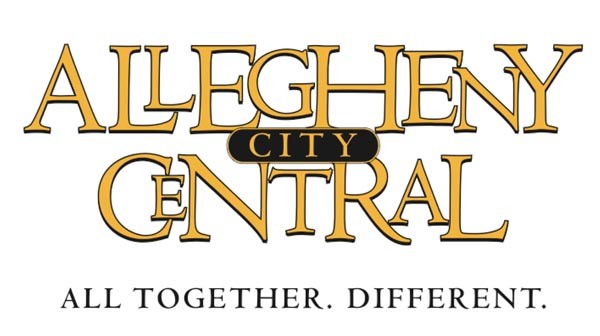From his seat at the bar of the Monterey Pub, Jerome Kennedy says it out loud — a sentiment you sometimes hear in discussions about the changes taking place in the Mexican War Streets and the surrounding area.
"We're going to be the South Side pretty soon," he says.
"There's a quote," says bartender Mark Miller, shaking his head in disbelief.
Outsiders, too, might find it hard to imagine the raucous East Carson Street bar scene being replicated in the city's North Side. Monterey Pub is, after all, the only bar within blocks. But residents who have struggled for decades with the neighborhood's reputation for crime and vacant lots are seeing signs that their striving is paying off — the fact that they now have new problems.
Parking and a proposal to recast the neighborhood's identity have become the subject of debate, sparked by the addition of the light-rail extension to the North Side, and the pending redevelopment of the area surrounding the once-seedy Garden Theater. They join long-established amenities as the Mattress Factory art museum, and the Mexican War Streets residential area itself.
"People are trying to make sure the community doesn't turn into a Carson Street or [PNC Park] area, where people fly in from the suburbs," says Greg Spicer, a long-time member of the Central Northside Neighborhood Council.
Residents are circulating a petition to require parking permits to the War Streets area, from West North Avenue to Alpine Avenue and between Monterey Street and Federal Street North. The petitions are due back to the city Fri., Sept. 7. If at least 70 percent of residents within a 10-block area sign off, the city evaluates the proposal. Ashley Holloway, the coordinator of the residential parking program, says that process includes a street-by-street survey to determine whether street parking is being taken up by locals or commuters. (License-plate numbers are used to track cars back to owners' addresses.)
In the meantime, residents are preparing for a Sept. 10 vote on a proposal to cast aside the neighborhood's official designation as "Central North Side" in favor of "Allegheny City Central." The new label hearkens back more than a century, to a time when the North Side was a separate municipality known as Allegheny City; it was incorporated into Pittsburgh in a 1907 vote that still rankles some traditionalists. If approved, the new/old label would be used on street banners, brochures and other materials — though the area's street signs and official city designation would remain unchanged.
Spicer says there are a few reasons his organization proposed the change. For one thing, he says, it should help the area end "any problematic association with the name 'North Side'" — which many associate with crime. The change is also intended to distance the area from the "North Shore" label, which has been slapped onto developments that have sprung up around the stadiums and nearby Rivers Casino.
Not everyone is a fan of the proposals.
Barbara Luderowski, board president of the Mattress Factory, worries that parking permits may hurt attendance at her installation-art museum. The facility is located in the War Streets, and patrons often park on the street when the museum's small lot is filled.
Luderowski acknowledges that parking has become a problem, but fears that a permit program "is like squeezing the toothpaste tube in the middle. Everything is going to come out on both ends."
Joan Kimmel, a resident in the 1400 block of Monterey, doesn't like the idea either. And she's even less of a fan of the rebranding effort, fearing it's an effort to appeal to the affluent while pushing black and working-class residents into the background.
"It's a specific kind of reputation we have that people want to switch out," she says.
Spicer denies that. He says he hopes to maintain the area as "a dynamic multi-income, multi-racial neighborhood. But it's also a neighborhood on the way up."


